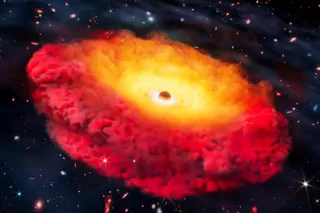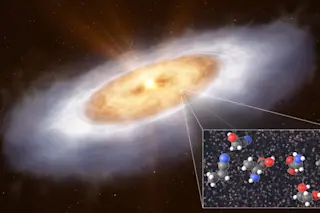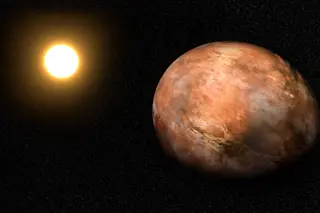Astronomers have all but confirmed the universe has at least one galaxy that’s woefully deficient in dark matter. The new finding not only indicates that galaxies really can exist without dark matter, but also raises fundamental questions about how such oddball galaxies form in the first place.
The research, posted October 16 on the preprint site arXiv, used Hubble’s keen eye to take new, deep images of the ghostly galaxy NGC 1052-DF4 (or DF4 for short). Equipped with fresh observations, the researchers identified the bizarre galaxy’s brightest red giant stars (called the Tip of the Red Giant Branch, or TRGB). Because TRGB stars all shine with the same true brightness when viewed in infrared, the only thing that should affect how bright they appear is their distance.
So, by identifying the galaxy’s TRGB and using that to determine DF4’s distance, the new data essentially confirms the galaxy is located some ...














